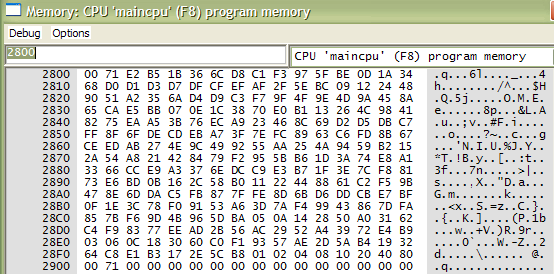Difference between revisions of "Snippet:Pseudorandom numbers"
(Created page with "Sometimes you want to add a random number to your programming but you will have to make your own code to produce it. <br> A common way to make a pseudo-random number generator...") |
(No difference)
|
Latest revision as of 12:56, 3 January 2020
Sometimes you want to add a random number to your programming but you will have to make your own code to produce it.
A common way to make a pseudo-random number generator (PRNG) is do use a Linear Feedback Shift Register (LFSR).
This will give you a series of numbers from 0 to 255 in a seemingly randomized order.
You will however get the same series of values in the same order every time, your "seed" number will choose the start position.
Here's an example of a subroutine with 8-bit LFSR:
; In this example the pseudo random number is stored in register 1 ; Also uses register 0 for temporary storage LFSR: ; Linear Feedback Shift Register clr as 1 bz doEor lr 0, A ; Save original number in r0 sl 1 ; shift one step left lr 1, A bz noEor ; Do XOR if b7 was 1, workaround for missing carry on "sl" lr A, 0 ni %10000000 bz noEor doEor: lr A, 1 xi $2b ; Do the XOR thing lr 1, A noEor: pop
The value used with XOR-function is $2B here, one of these other values can be used to give a different 256 byte non-repeating chain of values.
$1d, $2b, $2d, $4d, $5f, $63, $65, $69, $71, $87, $8d, $a9, $c3, $cf, $e7, $f5
When using $2B as XOR value the data will be this:

